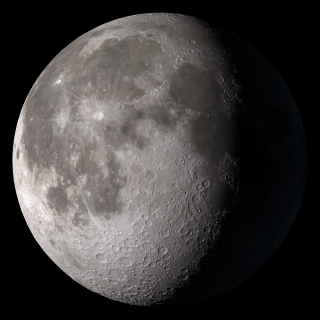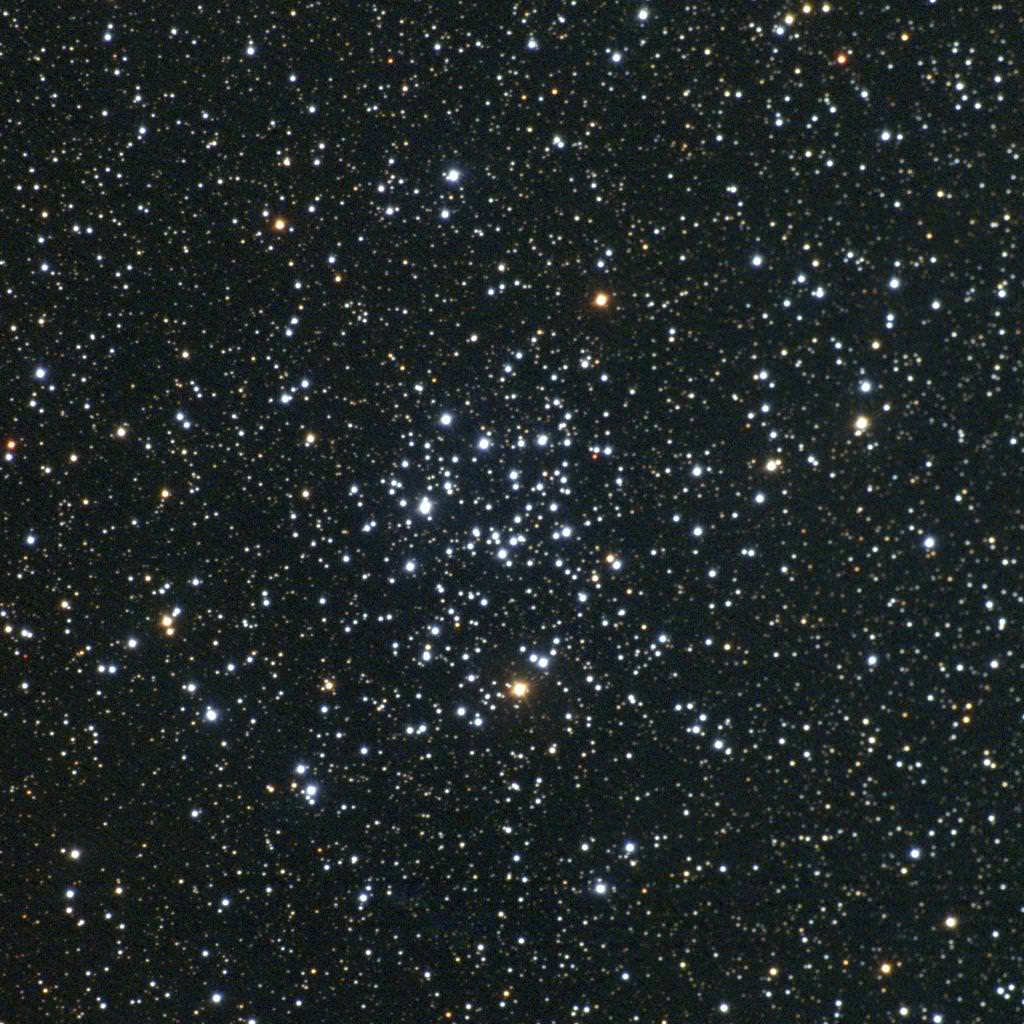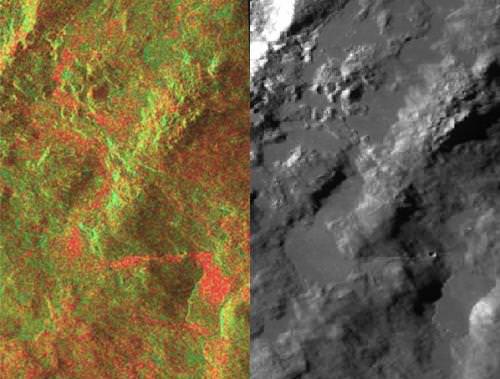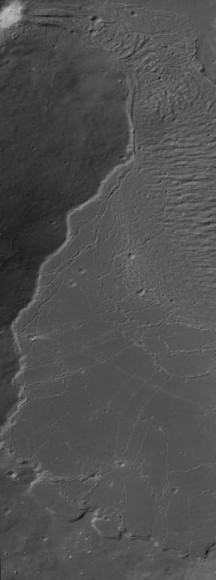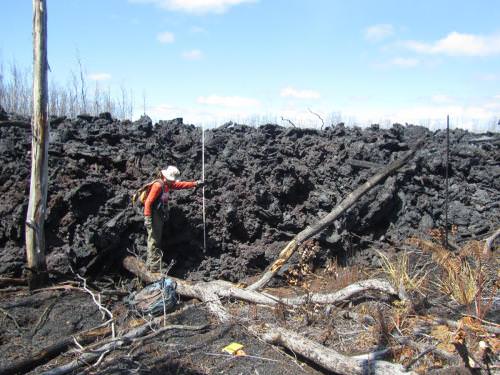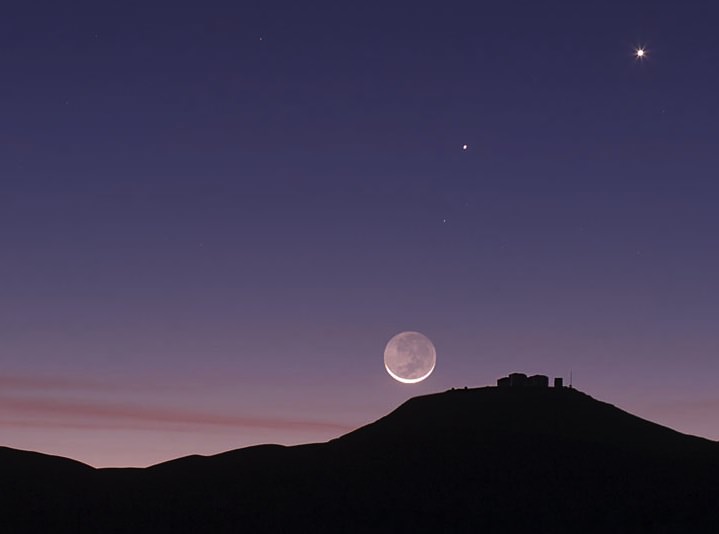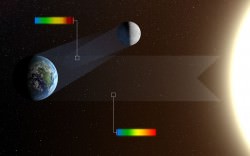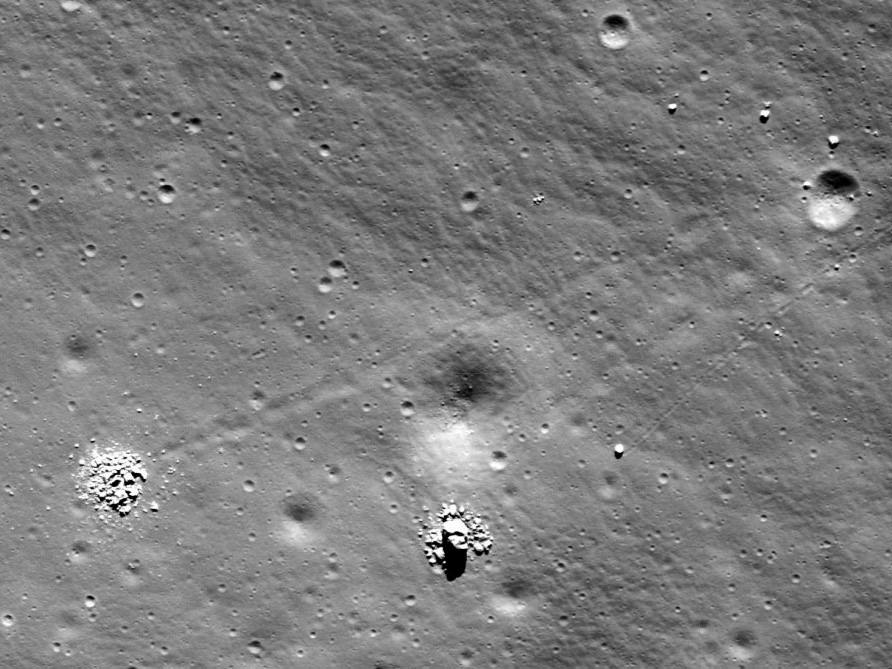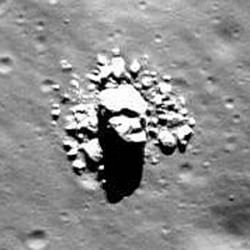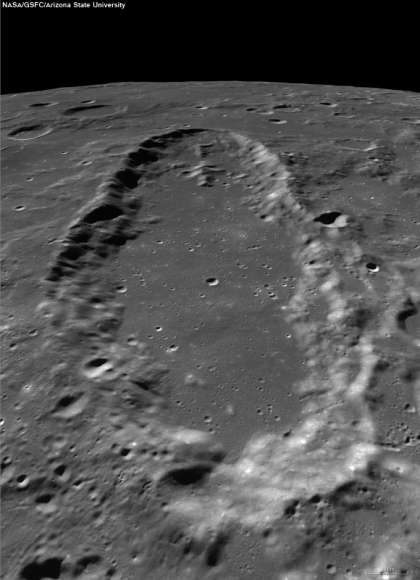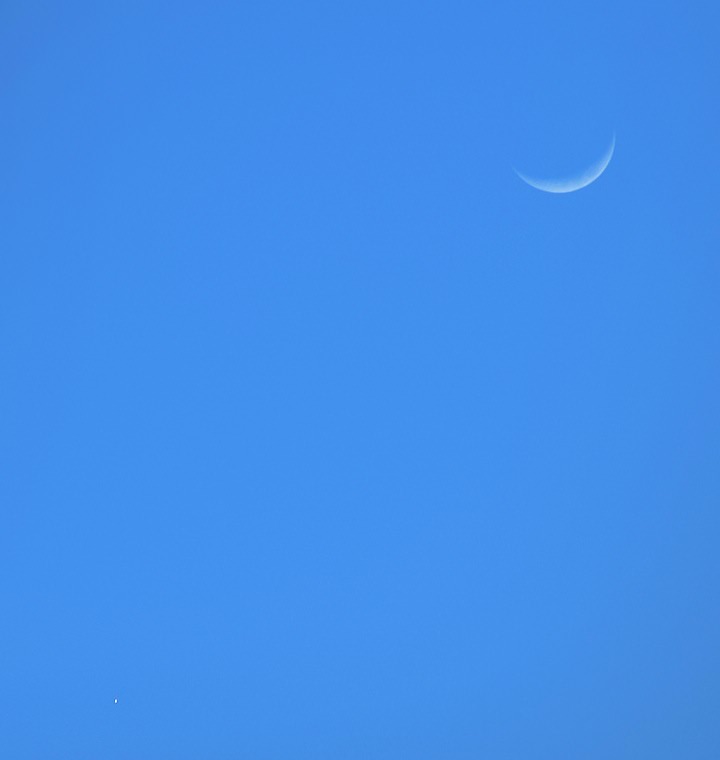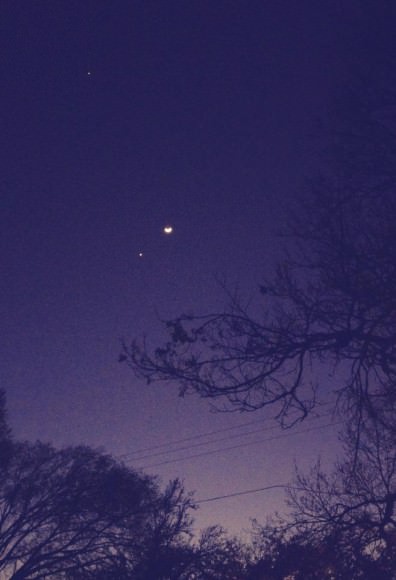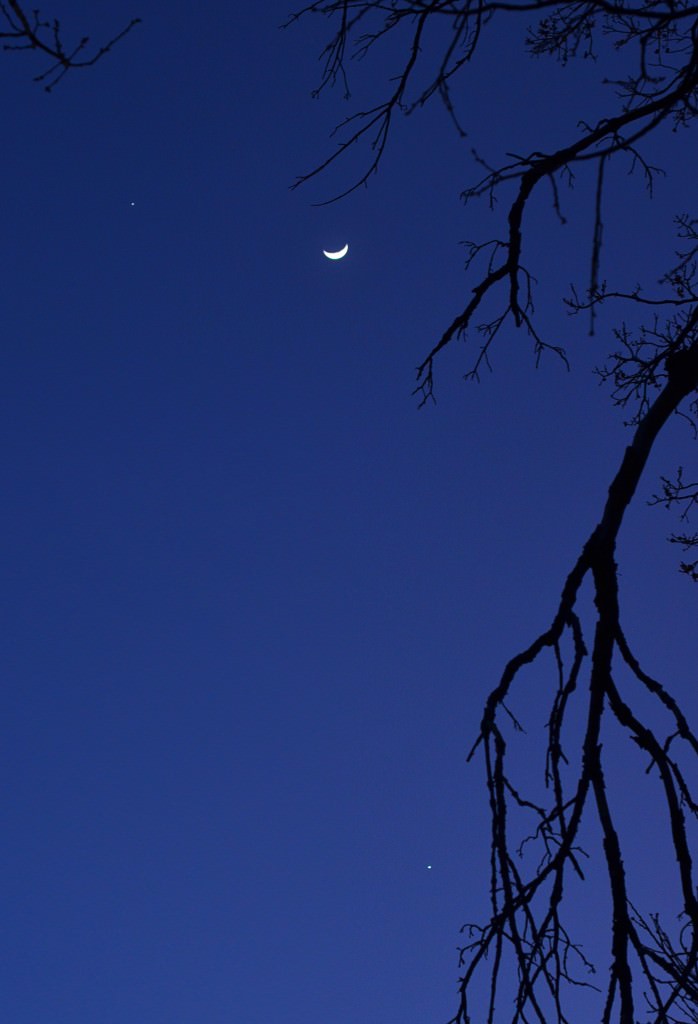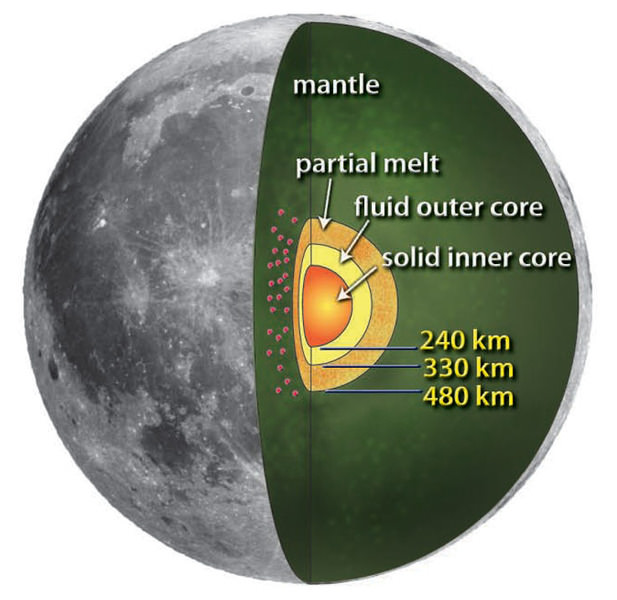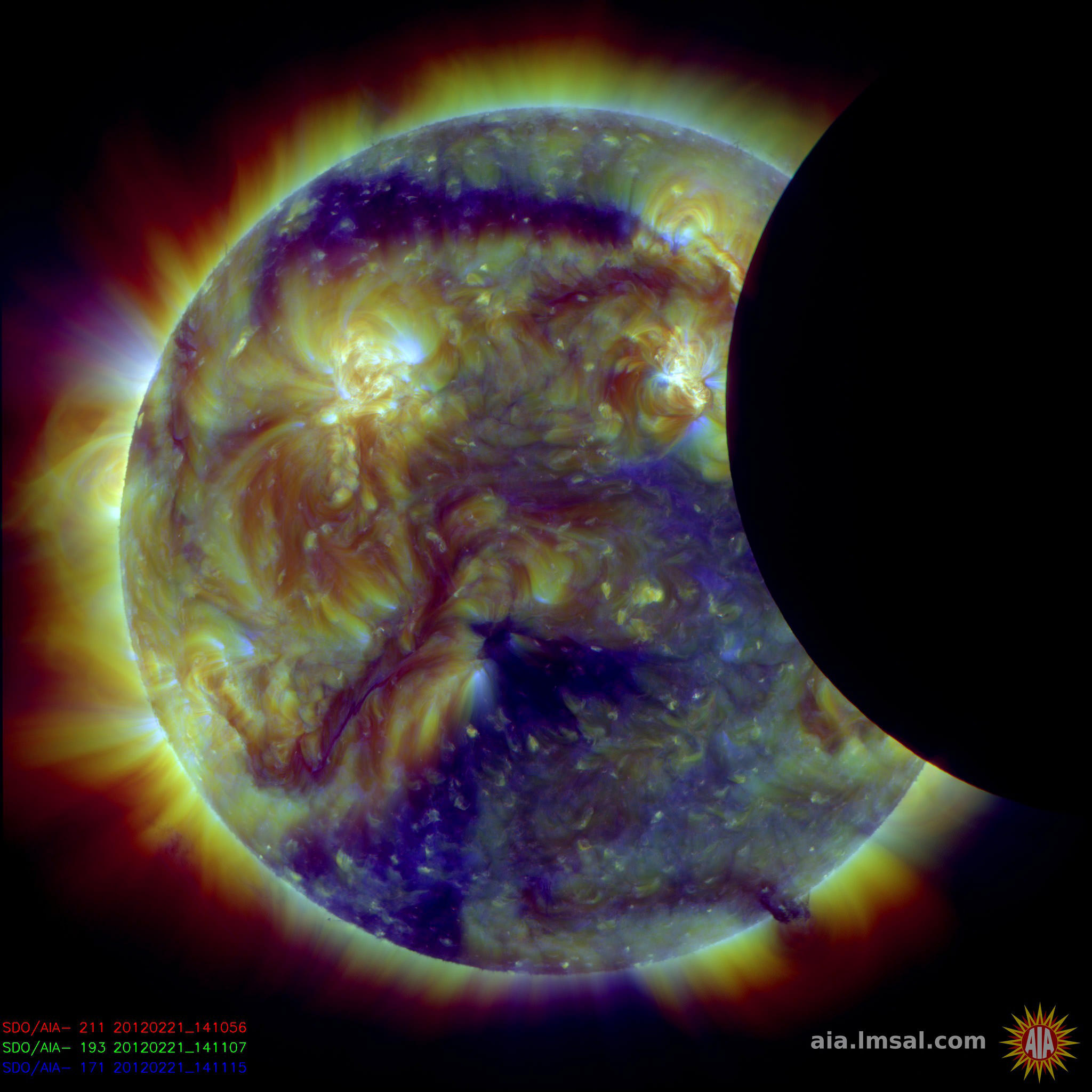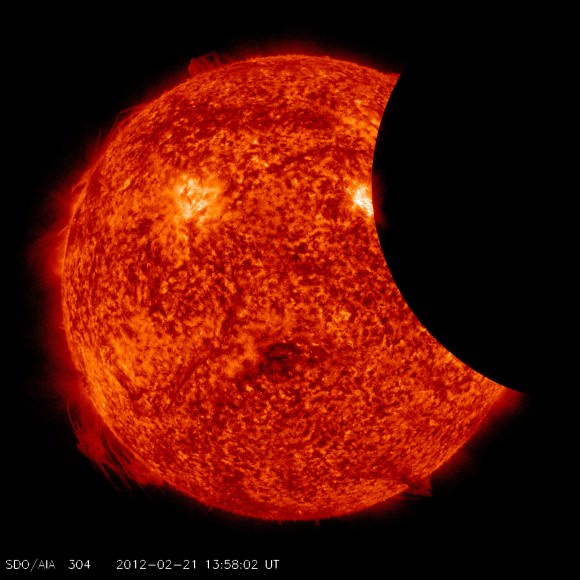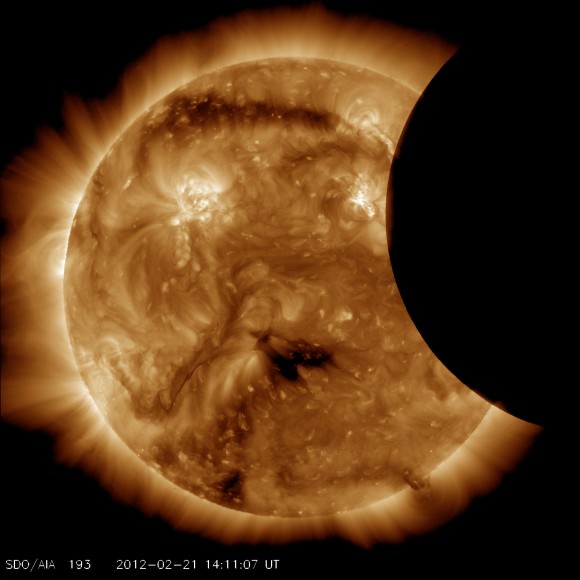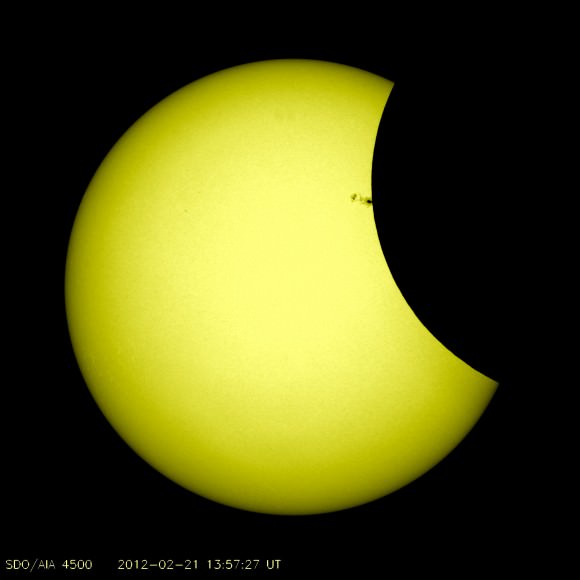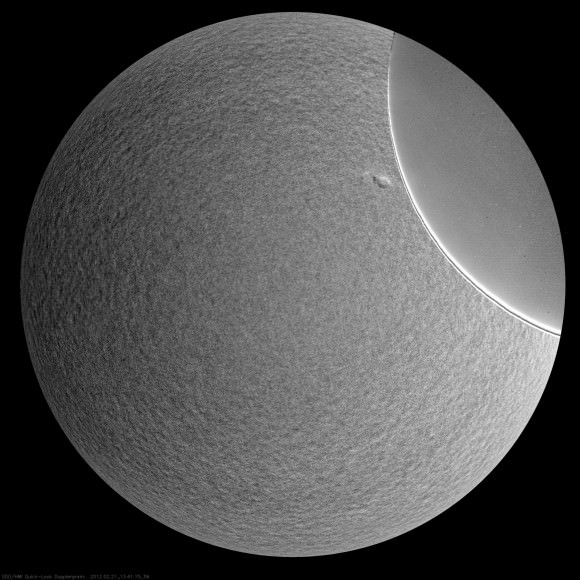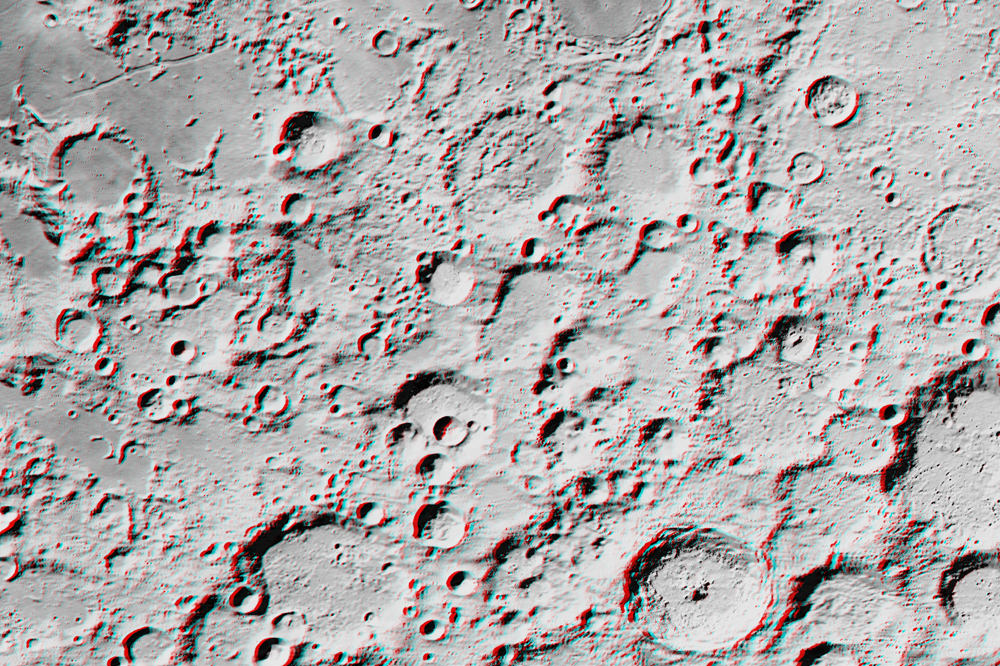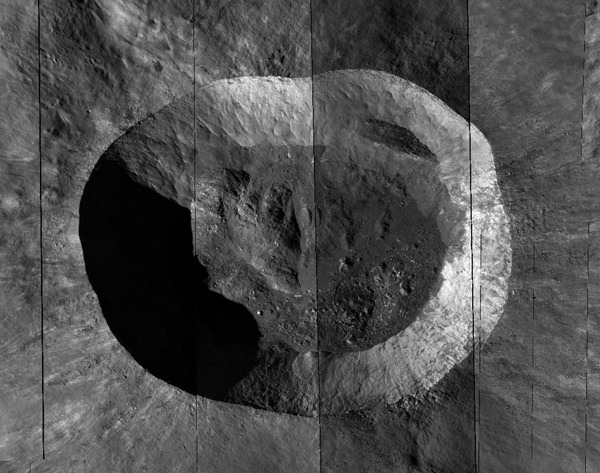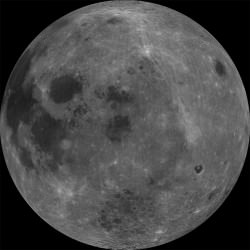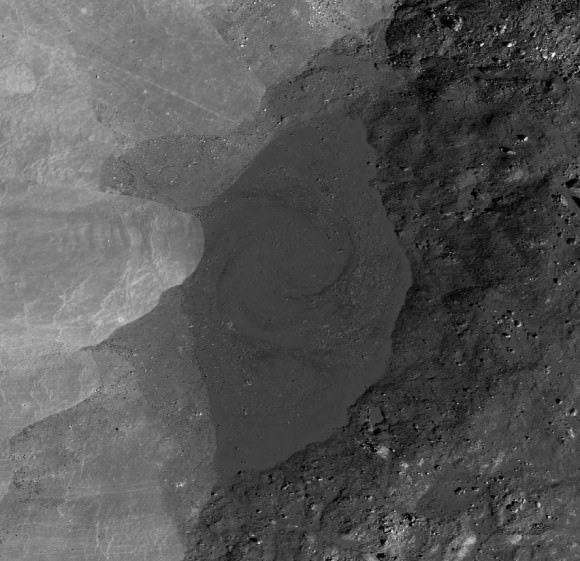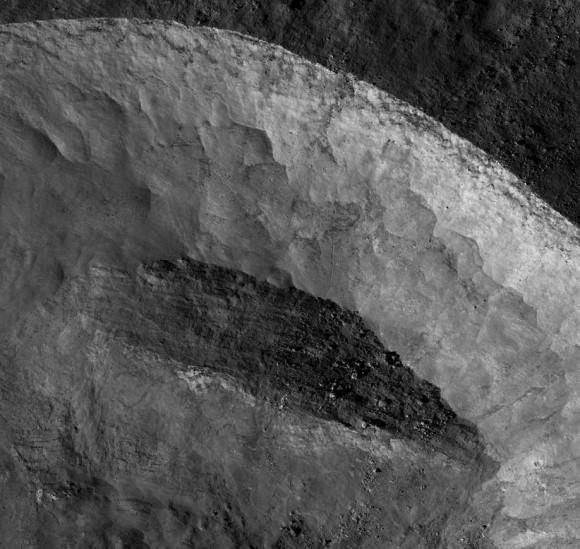[/caption]
Greetings, fellow SkyWatchers! Our week begins with the dance of the planets and a gathering of asteroids. Keep watching as Mars makes its closest approach of the year – while Venus and Jupiter continue to get nearer. Celebrate the Full Worm Moon, interesting stars and beautful galaxies and clusters! Dust off those binoculars and telescopes and meet me in the backyard, because… Here’s what’s up!
Monday, March 5 – Today is the birthday of Gerardus Mercator, famed mapmaker, who started his life in 1512. Mercator’s time was a rough one for astronomy, but despite a prison sentence and the threat of torture and death for his “beliefs,” he went on to design a celestial globe in the year 1551.
Need a little celestial action of your own? Then be outside at twilight with a clear horizon to catch Mercury! joining the show with Venus and Jupiter. The swift inner planet will make a brief appearance on the western skyline just after the Sun dips below the horizon. To add to the fun, the planet Uranus is situated about 5 degrees to its southwest and asteroid Vesta is about 5 degrees south/southwest. More? Then know that asteroid Ceres is also here – just around 20 degrees to Mercury’s southeast. While the asteroids and Uranus really aren’t observable, it’s still fun to know they’re “hanging around” in the same small space!
Tonight we’ll ignore the Moon and use both Sirius and Beta Monocerotis as our guides to have a look at one fantastic galactic cluster for any optical aid – M50 (Right Ascension: 7 : 03.2 – Declination: -08 : 20). Hop about a fistwidth east-southeast of Beta, or northeast of Sirius…and be prepared!
Perhaps discovered as early as 1711 by G. D. Cassini, it was relocated by Messier in 1772 and confirmed by J. E. Bode in 1774. Containing perhaps as many as 200 members, this colorful old cluster resides almost 3000 light-years away. The light of the stars you are looking at tonight left this cluster at a time when iron was first being smelted and used in tools. The Mayan culture was just beginning to develop, while the Hebrews and Phoenicians were creating an alphabet. Do you wonder if it looked the same then as it does now? In binoculars you will see an almost heart-shaped collection of stars, while telescopes will begin to resolve out color and many fainter members – with a very notable red one in its midst. Enjoy this worthy cluster and make a note that you’ve captured another Messier object!
Now, point your telescope towards Mars! This universal date marks the closest approach of Mars and Earth (0.6737 AU = 100.78 million km). While it’s a far cry from being the much celebrated “size of the Moon”, Mars currently has an apparent diameter of 13.89″. This will make for some mighty fine observing, so be sure to check for a lot a great surface details!
Tuesday, March 6 – If you get a chance to see sunshine today, then celebrate the birthday of Joseph Fraunhofer, who was born in 1787. As a German scientist, Fraunhofer was truly a “trailblazer” in terms of modern astronomy. His field? Spectroscopy! After having served his apprenticeship as a lens and mirror maker, Fraunhofer went on to develop scientific instruments, specializing in applied optics. While designing the achromatic objective lens for the telescope, he was watching the spectrum of solar light passing through a thin slit and saw the dark lines which make up the “rainbow bar code.” Fraunhofer knew that some of these lines could be used as a wavelength standard so he began measuring. The most prominent of the lines he labeled with letters that are still in use. His skill in optics, mathematics and physics led Fraunhofer to design and build the very first diffraction grating which was capable of measuring the wavelengths of specific colors and dark lines in the solar spectrum. Did his telescope designs succeed? Of course! His work with the achromatic objective lens is the design still used in modern telescopes!
In 1986, the first of eight consecutive days of flybys began as VEGA 1 and Giotto became the very first spacecraft to reach Halley’s Comet. Tonight let’s just fly by the Moon and have a look at Theta Aurigae. 2.7 magnitude Theta is a four star system ranging in magnitudes from 2.7 to 10.7. The brightest companion – Theta B – is magnitude 7.2 and is separated from the primary by slightly more than 3 arc seconds. Remember that this is what is known as a “disparate double” and look for the two fainter members well away from the primary.
Wednesday, March 7 – Today the only child of William Herschel (the discoverer of Uranus) was born in 1792 – John Herschel. He became the first astronomer to thoroughly survey the southern hemisphere’s sky, and he was discoverer of photographic fixer. Also born on this day, but in 1837, was Henry Draper – the man who made the first photograph of a stellar spectrum.
Tonight the great Grimaldi, found in the central region of the Moon near the terminator is the best lunar feature for binoculars. If you would like to see how well you have mastered your telescopic skills, then let’s start there. About one Grimaldi length south, you’ll see a narrow black ellipse with a bright rim. This is Rocca. Go the same distance again (and a bit east) to spot a small, shallow crater with a dark floor. This is Cruger, and its lava-filled interior is very similar to another study – Billy. Now look between them. Can you see a couple of tiny dark markings? Believe it or not, this is called Mare Aestatis. It’s not even large enough to be considered a medium-sized crater, but is a mare!
Take the time tonight to have a look at Delta Monocerotis with binoculars. Although it is not a difficult double star, it is faint enough to require some optical aid. If you are using a telescope, hop to Epsilon. It’s a lovely yellow and blue system that’s perfect for small apertures.
Thursday, March 8 – On this day in 1977, the NASA airborne occultation observatory made a unique discovery – Uranus had rings!
Tonight we’ll play ring around the Full Moon. In many cultures, it is known as the “Worm Moon.” As ground temperatures begin to warm and produce a thaw in the northern hemisphere, earthworms return and encourage the return of robins. For the Indians of the far north, this was also considered the “Crow Moon.” The return of the black bird signaled the end of winter. Sometimes it has been called the “Crust Moon” because warmer temperatures melt existing snow during the day, leaving it to freeze at night. Perhaps you may have also heard it referred to as the “Sap Moon.” This marks the time of tapping maple trees to make syrup. To early American settlers, it was called the “Lenten Moon” and was considered to be the last full Moon of winter. For those of us in northern climes, let’s hope so!
Friday, March 9 – Today is the anniversary of the Sputnik 9 launch in 1966 which carried a dog named Chernushka (Blackie). Also today we recognize the birth of David Fabricius. Born in 1564, Fabricus was the discoverer of the first variable star – Mira. Tonight let’s visit with an unusual variable star as we look at Beta Canis Majoris – better known as Murzim.
Located about three fingerwidths west-southwest of Sirius, Beta is a member of a group of stars known as quasi-Cepheids – stars which have very short term and small brightness changes. First noted in 1928, Beta changes no more than .03 in magnitude, and its spectral lines will widen in cycles longer than those of its pulsations.
When you’ve had a look at Beta, hop another fingerwidth west-southwest for open cluster NGC 2204 (Right Ascension: 6 : 15.7 – Declination: -18 : 39). Chances are, this small collection of stars was discovered by Caroline Herschel in 1783, but it was added to William’s list. This challenging object is a tough call for even large binoculars and small telescopes, since only around a handful of its dim members can be resolved. To the larger scope, a small round concentration can be seen, making this Herschel study one of the more challenging. While it might not seem like it’s worth the trouble, this is one of the oldest of galactic clusters residing in the halo and has been a study for “blue straggler” stars.
Saturday, March 10 – Since this is a weekend night and we’ve a short time before Moonrise, why not break out the big telescope and do a little galaxy hopping in the region south of Beta Canis Majoris?
Our first mark will be NGC 2207 – a 12.3 magnitude pair of interacting galaxies. Located some 114 million light-years away, this pair is locked in a gravitational tug of war. The larger of the pair is NGC 2207 (Right Ascension: 6 : 16.4 – Declination: -21 : 22), and it is estimated the encounter began with the Milky Way-sized IC 2163 about 40 million years ago. Like the M81 and M82 pair, NGC 2207 will cannibalize the smaller galaxy – yet the true space between the stars is so far apart that actual collisions may never occur. While our eyes may never see as grandly as a photograph, a mid-sized telescope will make out the signature of two galactic cores with intertwining material. Enjoy this great pair!
Now shift further southeast for NGC 2223 (Right Ascension: 6 : 24.6 – Declination: -22 : 50). Slightly fainter and smaller than the previous pair, this round, low surface brightness galaxy shows a slightly brighter nucleus area and a small star caught on its southern edge. While it seems a bit more boring, it did have a supernova event as recently as 1993!
Sunday, March 11 – Tonight let’s return to Canis Major with binoculars and have a look at Omicron 1, the western-most star in the central Omicron pair. While this bright, colorful gathering of stars is not a true cluster, it is certainly an interesting group.
For larger binoculars and telescopes, hop on to Tau northeast of Delta and the open cluster NGC 2362 (Right Ascension: 7: 18.8 – Declination: -24 : 5). At a distance of about 4600 light-years, this rich little cluster contains about 40 members and is one of the youngest of all known star clusters. Many of the stars you can resolve have not even reached main sequence yet! Still gathering themselves together, it is estimated this stellar collection is less than a million years old. Its central star, Tau, is believed to be a true cluster member and one of the most luminous stars known. Put as much magnification on this one as skies will allow – it’s a beauty!
Until next week? Dreams really do come true when you keep on reaching for the stars!
If you enjoy this weekly observing column, then you’d love the fully illustrated The Night Sky Companion 2012. It’s available in both Kindle and soft cover formats!

